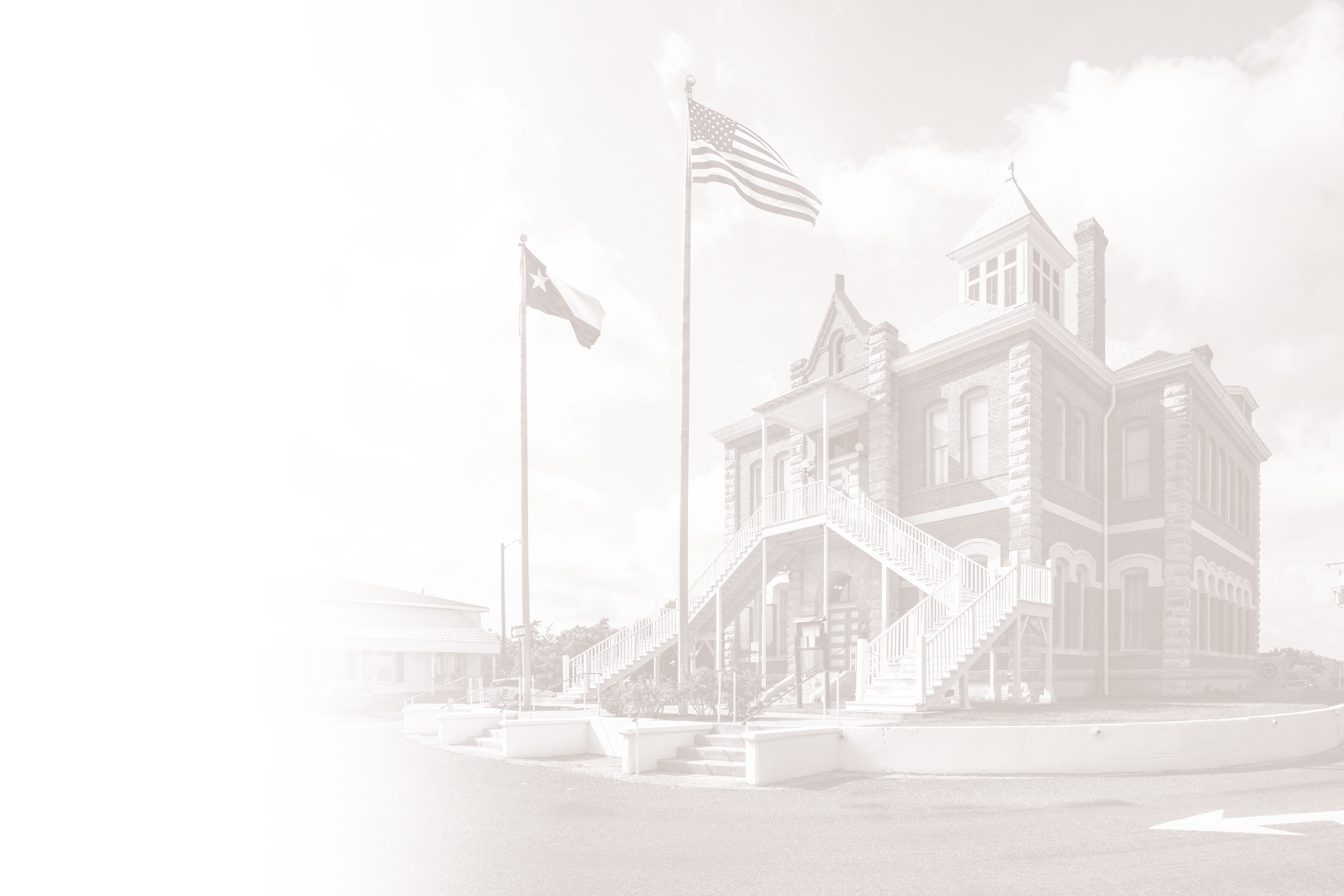On April 6, 2017, the United States observed the 100th anniversary of America's entry into the First World War. This "war to end war," as H.G. Wells put it, had a profound impact on the country. An army which in 1914 ranked 17th in the world had swelled to 4.7 million in 1918. By the war's end over 116,000 Americans would be dead—more than in the Korean and Vietnam Wars combined—and more than 200,000 would return home wounded.
Politically the United States emerged from the war as an important, albeit reluctant, player on the international stage. At home, it weathered intense social and technological changes that would affect the country for years to come. These included the growth of aviation, prohibition, and women's suffrage, the Great Migration, and anxieties about race, class, and gender that spilled into the 1920s. Texas was at the epicenter of much of this change.
Rapid mobilization in 1917 brought a flurry of camp construction to the state. In all Texas hosted 19 U.S. Army posts, at least nine of which served as military training camps, and another nine as military airfields—several of which helped train British and Canadian flying cadets. The cities of Houston, Waco, Fort Worth, and San Antonio were particularly transformed. In addition to the influx of "doughboys," manpower shortages and increased wartime needs opened up new employment opportunities for those who previously had limited access. Farm families and small-town residents moved to major cities to work in war industry plants and at military posts. Women found their roles changing too, serving as nurses, raising money for Liberty Bond drives, and getting involved in Red Cross initiatives. Few lives remained untouched by the war.
Out of the nearly one million Texans who registered for the draft, roughly 200,000 served in the armed forces. Three earned the Medal of Honor, and over 5,000 lost their lives. Texans served in a variety of military branches and units, but the majority found themselves in the American Expeditionary Forces (A.E.F.) in two full-strength infantry divisions: the 36th Infantry Division, made up of the Texan and Oklahoman National Guard, and the 90th Infantry Division, primarily comprised of white and Hispanic draftees from Texas and Oklahoma. In contrast, the over 30,000 African American Texans who served did so predominantly in the two segregated A.E.F. units: the 92nd and 93rd Infantry Divisions. At least 65 African Americans from East Texas served in the famous 369th Infantry Regiment, or "Harlem Hellfighters". Like their Latino counterparts, African Americans experienced systemic racism both within the military and at home, despite both groups distinguishing themselves: numerous African American soldiers received the Croix de Guerre from the French government, while one of the most decorated Texans was a Mexican national, Marcelino Serna.
Today, generations after the end of World War I, evidence of that era and reminders of its impact on Texas can still be found across the state’s cultural landscape. The war’s enduring mark is evident in our town's honor rolls, monuments, historical markers, cemeteries, and street names; at active military installations like Fort Sam Houston in San Antonio and Fort Bliss in El Paso; in the stories passed down through our families; and at numerous parks such as Fort Travis in Galveston, Memorial Park in Houston, and the Battleship Texas.
For those interested in exploring the war’s heritage in the Lone Star State, visit the THC’s Texas in World War I Historical Marker Map featuring an interactive display of locations, text, and photos.
World War I Centennial
In 2016, Governor Greg Abbott designated the Texas Historical Commission as the lead agency to commemorate the Texas World War I centennial. In addition to THC, numerous organizations planned and executed centennial commemorations. Below are some of those efforts.
